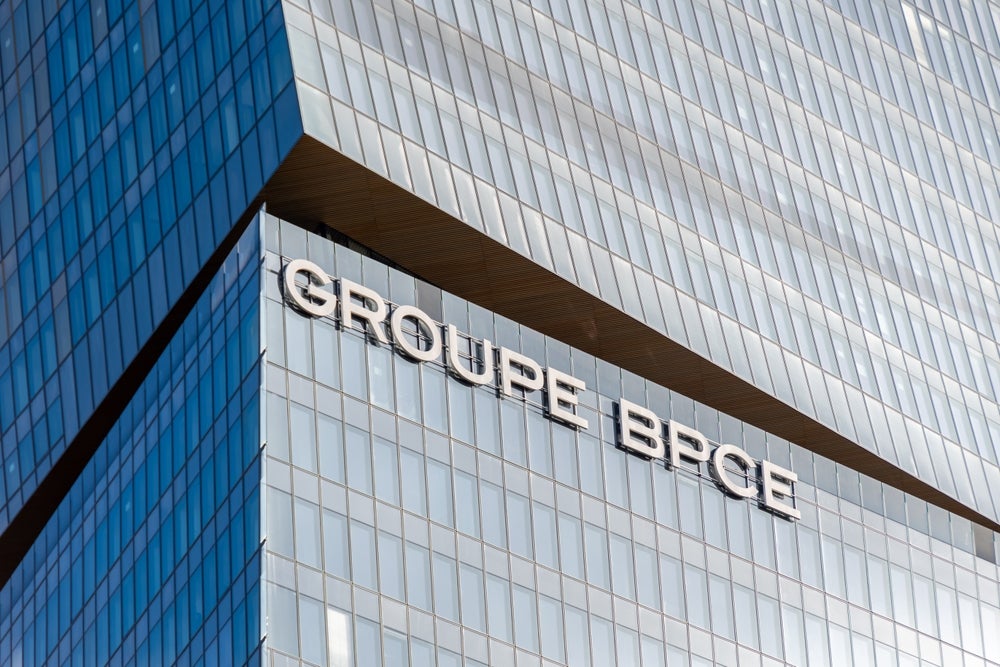
DLA Piper’s David Thompson looks at the VAT options for lessors from outside the EU serving customers in the Union.
The VAT accounting requirements in relation to equipment leased to a customer within the European Union by a lessor based outside the EU can often be a daunting subject for businesses looking at moving into EU markets.
If a non-EU lessor supplies fixed equipment under an operating lease to a business within the EU, the general rule for business -to-business supplies is that the supply will be treated as made in the country where the customer has a business establishment, or where it has a fixed establishment to which the supply is made (logically, where the equipment is to be installed).
Accordingly, a lessor looking to move to new EU markets, which doesn’t have a fixed establishment in the EU from which it supplies its services, can avoid being required to account for VAT within the EU. In such a case the lessee must account for VAT on the lease rentals on the ‘reverse charge’ (i.e. charge itself the VAT) in that country.
If the equipment originates from outside the EU there will be an "import" for VAT and customs duty purposes at the point of entry.
VAT and any customs duty payable under the common customs tariff must be paid by the importer, which is normally the person making the customs declaration.
How well do you really know your competitors?
Access the most comprehensive Company Profiles on the market, powered by GlobalData. Save hours of research. Gain competitive edge.

Thank you!
Your download email will arrive shortly
Not ready to buy yet? Download a free sample
We are confident about the unique quality of our Company Profiles. However, we want you to make the most beneficial decision for your business, so we offer a free sample that you can download by submitting the below form
By GlobalDataIt is possible for the lessee to be the importer and bear the VAT on import and, assuming the VAT is incurred for the purposes of the lessee’s taxable business for VAT purposes, claim the VAT back. Again, this would avoid the need for the lessor to register for VAT in the EU.
The lessor itself could act as importer and seek recovery under the Thirteenth Directive refund procedure without registering for VAT in the country of import.
However, the conditions for such refunds are onerous and, even where satisfied, the delays in refunds can be very lengthy in some member states.
The lessor could register for VAT in the EU member state of import or form a subsidiary to do so. This may be the simplest solution for VAT, but the direct tax and other compliance issues arising from creating a local presence would have to be considered.
Also, if the business is registered for VAT in the member state where the customer is deemed to belong, the lessor would collect and account for VAT on lease rentals and the reverse charge referred to above would not apply.
The leasing of the equipment itself is quite likely to be combined with other services, such as installation and maintenance, under a single contract.
If the lessee is responsible for import, the lessor’s service of installation might be treated as a separate supply.
Mobile teams
Supplies of installation and maintenance may be made by mobile teams of engineers employed in, and based in, a member state, but if there is no fixed establishment of the lessor or employing company in the lessee’s state (where the equipment is to be installedsuch services may fall within the reverse charge procedure so that the lessor can avoid registering for VAT in every lessee’s country.
Software installation and upgrades may be made remotely by engineers based outside the EU. In this case the ‘reverse charge’ should again apply so that the lessee charges VAT to itself.
The above is concerned with operating leases of fixed equipment and other considerations apply to means of transport and to finance leases.
Remember also that hire purchase and conditional sale transactions represent supplies of goods, not services.
Finally, a range of direct tax issues will need to be considered – for example, is there withholding tax on software licence
payments?
David Thompson is a partner with DLA Piper







